What is Web 3.0?
What has been a remarkably beneficial technology for approximately 3 billion people during 80 percent of their daily waking hours?
Web 2.0.
O’Reilly and others coined the term “Web 2.0” several years ago, between 1999 and 2004. It was responsible for transforming the world from static web pages on our desktops designed to provide information and sourced from some of the most expensive servers to dynamic web pages on our mobile devices.
The scenario changed with Web 2.0, and we began to have interactive internet experiences. User-generated content began to enter the picture, resulting in the most well-known names such as Facebook, Instagram, Uber, Airbnb, and so on. The rise of Web 2.0 is centered on three distinct synonyms for innovation: social, mobile, and cloud.
How does Web 3.0 Come into the surface?
While we are still reaping the benefits of Web 2.0, the next paradigm shift in the internet world has already begun to sprout its first shoots. Nothing but Web 3.0 technology is being discussed. In today’s modern world, it is poised to be an even more fundamental breakthrough. This technology will be so remarkable that experts believe it will outperform everything that has come before it. Web 3.0 technology is proving to be a welcoming entry point for open, trustless, permissionless, and ubiquitous networks.
What do critical terms mean?
The term “open” refers to the use of open-source software in the development of Web 3.0 technology. It is an open and accessible developer community in which they are the masterminds behind this innovation and execute it in a 360-degree view of the world.
Because the network does not require a trusted third party to allow participants to interact privately or publicly, it is trustless. Web 3.0 technology accomplishes this on its own.
Permissionless because everyone involved, including suppliers and users, is free to interact with one another without the approval of any governing body.
Web 3.0 will make the internet available to us at any time and in any location, making it ubiquitous. With the rise of Web 3.0, internet-connected devices will no longer be limited to computers and smartphones. Because of the influence of IoT (Internet of Things), there will soon be a plethora of innovative and new types of smart and intelligent gadgets on the market.
These one-of-a-kind, innovative, new, open, trustless, permissionless, and ubiquitous networks enable the coordination and incentivization of various providers of work, service, data, and content. They are nothing more than the disenfranchised backdrop to the world’s most extensive food, health, finance, and sustainability challenges.
As previously stated, Web 2.0 technology revolved around the introduction of mobile, social, and cloud; similarly, Web 3.0 technology revolves around the three main layers of technological innovation. Decentralized data networks, edge computing, and artificial intelligence are examples.
Why is Web 3.0 Important?
As we see a massive shift toward Web 3.0, it is clear that the data center is spreading out to the edge and into our hands. Many excellent and effective computing resources distributed across computers, various appliances, phones, sensors, and vehicles supplement large-scale data centers. This shift predicts 160 times more data production and consumption in 2025 than in 2010.
Decentralized data networks in Web 3.0 enable data generators to sell or barter their data without losing control. Furthermore, it enables data generators (such as someone’s health data, a grower’s crop data, a car’s location, performance data, and so on) to maintain their privacy while collaborating with third-party intermediaries.
Furthermore, decentralized data networks have the potential to connect the entire tail of data generators in a single line, giving rise to the data economy.
Furthermore, artificial intelligence and machine learning algorithms may undergo a transformation. In many cases, these technologies are powerful enough to make very useful and lifesaving predictions and actions. When these two revolutionary technologies are layered on top of decentralized data structures, they provide access to vast amounts of data that are beyond the imaginations of today’s tech titans. Targeted advertising is no longer the only possible application. They cover the most critical topics, such as drug design, precision materials, climate modelling, and so on!
A Sneak Peek at a Few Potential Web 3.0 Benefits
With the technological advancements discussed above, Web 3.0 will undoubtedly change our lives. Continue reading to find out how.
Customized Browsing
Web 3.0 will offer a more personalized browsing experience than we have ever seen. Websites will automatically align and customize themselves to fit our devices, location, and accessibility requirements with Web 3.0. Web apps will become more in tune with users’ habits.
Smarter Searches
What could be better than conversing in your native language with a search engine? This is what Web 3.0 will accomplish, and it will be an enticing approach to searching in Google and other search engines. The learning curve will almost vanish, and the benefits will extend beyond the customers. Businesses will no longer have to rely on complicated keyword strategies and will instead be able to take a more natural and sensible approach to search engine optimization.
Better App Experiences
The websites will not only benefit from the multidimensional Web 3.0 technology. Web apps will also begin to provide richer user experiences. Assume you’re thinking about a mapping service like Google. In that case, it can perform best by combining the fundamentals of location search, route guidance, recommended hotels, and real-time traffic updates. Because of the efficiency of Web 3.0 technology, it can work so comprehensively and precisely. Was it possible in the age of Web 2.0? No! Right?
The Bottom Line
Web 3.0 will truly be a game changer in the future! Isn’t that the case? What are your thoughts after reading this blog? Well, I believe it will have a significant impact on various genres of business and science, as well as a variety of human life touchpoints, and so on.
With the advancement of Web 3.0 technology, we will live in a world where machines and distributed users will interact directly with data, value, and other counterparties via a basic structure of peer-to-peer networks. They will no longer require the assistance of third parties.
And what will be the outcome?
A human-centered and privacy-preserving computing fabric that can be easily assembled for the next wave of the web.


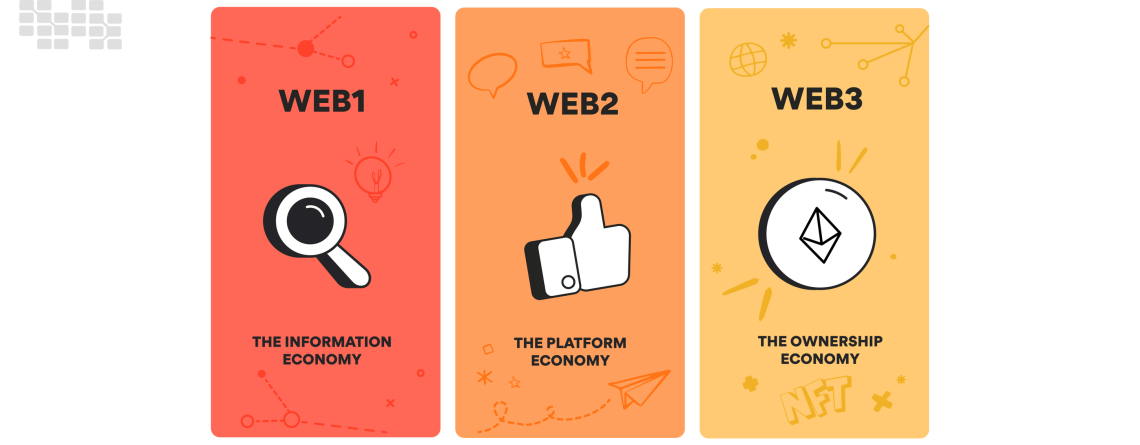



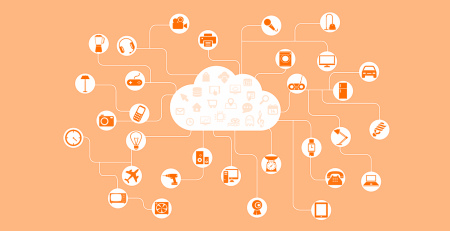

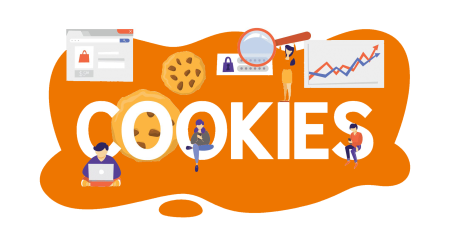
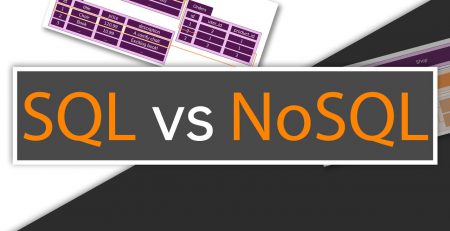
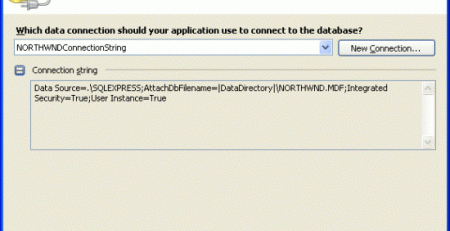
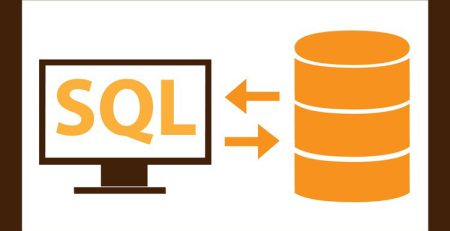
Leave a Reply